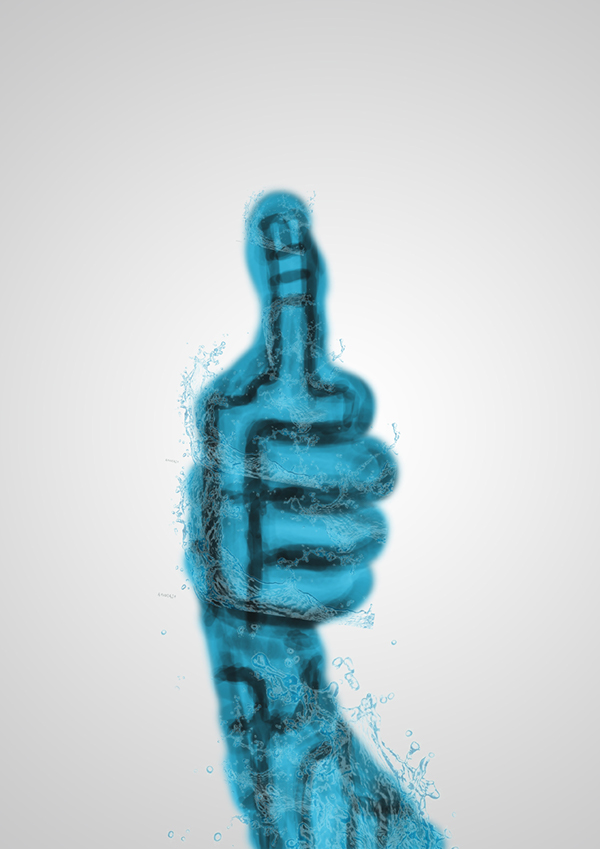December 2019

Before we dive into the original ‘toilet to tap’ story, we need to take a detour. It’s the story of de-facto reuse. There is joke among water professionals in Houston, ‘Every time you get a glass of water from the tap, you should thank the natives of Dallas for flushing their toilets.’ Essentially, the wastewater generated by Dallas is treated and then discharged into the Trinity River which is the primary source of drinking water in Houston. This is just one example of many such frameworks in existence.
With that out the way, let us talk about the actual ‘toilet to tap’. What is the idea? It is quite simple, (i) take the wastewater generated from toilets, kitchens, and other household uses, (ii) treat the wastewater using traditional processes in wastewater treatment plants (WWTPs), and (iii) take the treated effluent and further treat to drinking water standards. If we are to equate this process to the de-facto reuse, I mentioned. Basically we are replacing the natural processes after discharge in the river with more controlled and well-defined processes developed over years of research and practice.
Let’s talk about the processes involved. The reuse industry uses a critical term that in my view really defines our (water professionals) commitment to providing clean/safe drinking water to everyone. The term is ‘Multiple barrier approach’. You see, water treatment is a process designed to remove different types of contaminants from the water to make it safe for drinking. Now, to ensure the complete removal or more precisely removal to acceptable levels (as decided by EPA) we employ multiple treatment techniques, aka multiple barriers. Now, these techniques can be segregated into two, and to give more context let’s take example of football. We have the defense (making sure that contaminants cannot pass through, these are the filters), and we have the offense (going through the defense of the contaminants and scoring against them, in case of water treatment killing the contaminants, these are disinfection processes). So, the wastewater effluent, which let me remind you has already been treated in the WWTP, is subjected to a host of defensive and offensive techniques before it is deemed safe for drinking.
Now, it is essential to point out that the idea of water reuse is not new. Windhoek, capital city of Namibia has been producing drinking water from wastewater for half a century now. The plant in Windhoek was the first of its kind in the world. Singapore has been practicing this for well over a decade now. They have named it New water. It’s the psychologist’s way to counter the disgust arising from the term Toilet to tap. Many water professionals and water researchers are of the same view. Call it whatever, ‘new water’, ‘toilet to tap’, or something else; water reuse is the need of the hour.
The psychologist in the podcast pointed out that disgust is a powerful feeling and very hard to overcome, but thirst is even stronger. Every time this feeling of disgust stops you from accepting the idea of water reuse think of the thirstiest you were ever, and I am sure the disgust would be fast dissipating. And add to it the knowledge of multiple barrier approach to trust that the water you are drinking is clean and safe.
---Kunal Gupta
Kunal Gupta is a doctoral student in the Department of Civil and Environmental Engineering